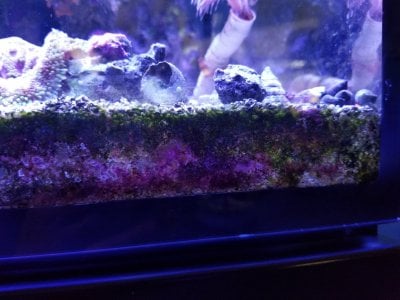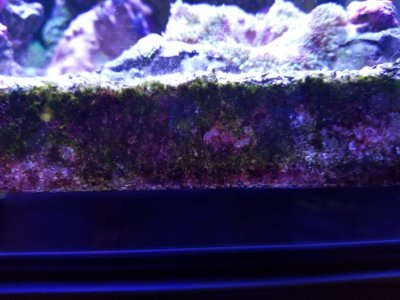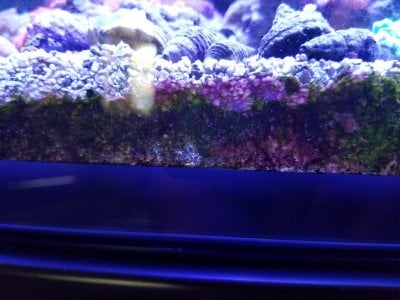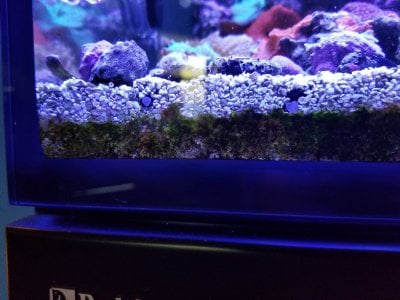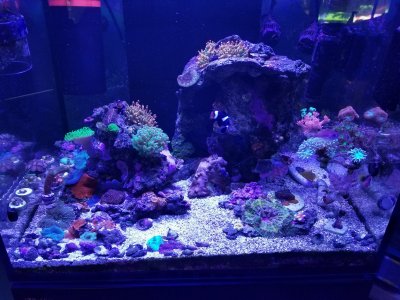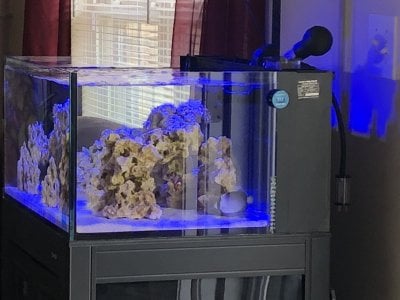
AIO Build - XiholdtrueX 29g Biocube Build Thread
So I have had a 12g jbj nano cube going on 3 years years now https://www.reef2reef.com/threads/12g-nano-cube-dx-build.343654/page-5 But my reef was over growing itself and corals were battling it out, My wife bought me a biocube 29 2 years ago lol but finally got around to setting it up. I...
 www.reef2reef.com
www.reef2reef.com
Team, our example thread writer from above, Xiholdtruex, has started a new tank cloudlessly and he took time to document the exudate/detritus that comes off his live rocks being prepped, before the move over.
any source of surface area is a detritus catch he's showing, not just the sand. his new tank is skip cycle clean, so clean its not apparent there's water in the tank lol.
Last edited:




